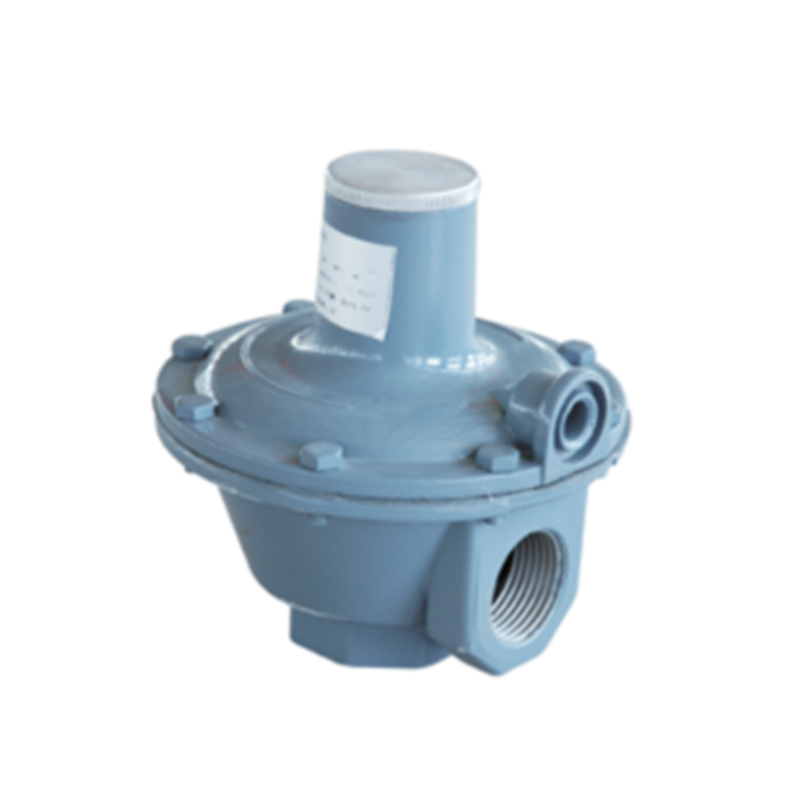
Nov . 02, 2024 14:13
Back to list
Understanding the Functionality of Pressure Reduction Devices in Systems
Understanding Pressure Reducing Devices An Essential Component in Fluid Systems
In various industrial and domestic applications, maintaining controlled pressure levels is crucial for the safe and efficient operation of systems. Pressure reducing devices play a significant role in regulating the pressure of fluids, ensuring that systems operate within designated parameters to prevent damage, enhance performance, and promote safety. This article will explore the functionality, types, applications, and advantages of pressure reducing devices.
What is a Pressure Reducing Device?
A pressure reducing device, often referred to as a pressure regulator, is a mechanical device designed to decrease the pressure of a fluid from a higher inlet pressure to a desired outlet pressure. It maintains a constant downstream pressure regardless of variations in flow rate or upstream pressure. This capability is vital in systems where precise pressure control is necessary for optimal performance.
Pressure reducing devices are widely used in gas systems, hydraulic systems, water supply networks, and heating systems, among others. By maintaining consistent pressure levels, these devices help prevent damage to equipment and instrumentation, improve system efficiency, and ensure safety.
Types of Pressure Reducing Devices
There are various types of pressure reducing devices, each suited for specific applications and fluid types. Some common types include
1. Spring-Loaded Regulators These are the most common type of pressure regulators. They use a spring mechanism to balance the force exerted by the inlet pressure with a set pressure on the outlet side. When outlet pressure rises above the set point, the regulator closes to reduce flow until the desired pressure is achieved.
2. Diaphragm Regulators These regulators utilize a diaphragm to respond to pressure changes. The diaphragm's movement adjusts the flow path, controlling the outlet pressure. They are particularly effective for low-pressure applications and are often used in gas service.
3. Electronic Pressure Regulators With advancements in technology, electronic pressure regulators have emerged, allowing for precise control and monitoring. These devices employ sensors and actuators to maintain desired pressure levels, providing solutions for complex systems requiring accurate pressure management.
4. Reducing Valves In addition to standalone regulators, reducing valves are commonly integrated into various systems. These valves automatically adjust to changes in pressure, providing a simple and effective means of pressure regulation without the need for external control.
Applications of Pressure Reducing Devices
Pressure reducing devices are employed across numerous sectors and industries, including
pressure reducing device

- Water Supply Systems Used to regulate water pressure in municipal water supply lines, reducing the risk of pipe bursts and leaks
.- Natural Gas Distribution Essential in gas supply systems to ensure safe delivery of natural gas to residences and businesses without exceeding pressure limits.
- Process Industries In chemical manufacturing and pharmaceuticals, maintaining specific pressure levels is critical for reactions and processes, making pressure regulators indispensable.
- HVAC Systems Used in heating, ventilation, and air conditioning systems to maintain optimal pressures, enhancing energy efficiency and comfort.
Advantages of Pressure Reducing Devices
The incorporation of pressure reducing devices in fluid systems offers several advantages
1. Safety Preventing overpressure situations reduces the risk of equipment failure, leaks, and accidents, ensuring the safety of operators and the environment.
2. System Longevity By maintaining correct pressure levels, these devices help extend the lifespan of piping, valves, and other equipment, reducing maintenance costs.
3. Improved Efficiency Consistent pressure control leads to optimized performance in systems, whether in energy consumption or operational output.
4. Cost Savings The reduction in maintenance and potential damage from pressure fluctuations contributes to overall cost savings in system operation.
Conclusion
In conclusion, pressure reducing devices are integral components in managing fluid pressure across a variety of industries. Their ability to maintain stable pressure levels enhances safety, efficiency, and performance, making them indispensable in modern fluid systems. As technology continues to evolve, the functionality and efficiency of pressure reducing devices will undoubtedly advance, further solidifying their role in ensuring the optimal operation of a myriad of applications.
Latest news
-
Safety Valve Spring-Loaded Design Overpressure ProtectionNewsJul.25,2025
-
Precision Voltage Regulator AC5 Accuracy Grade PerformanceNewsJul.25,2025
-
Natural Gas Pressure Regulating Skid Industrial Pipeline ApplicationsNewsJul.25,2025
-
Natural Gas Filter Stainless Steel Mesh Element DesignNewsJul.25,2025
-
Gas Pressure Regulator Valve Direct-Acting Spring-Loaded DesignNewsJul.25,2025
-
Decompression Equipment Multi-Stage Heat Exchange System DesignNewsJul.25,2025

